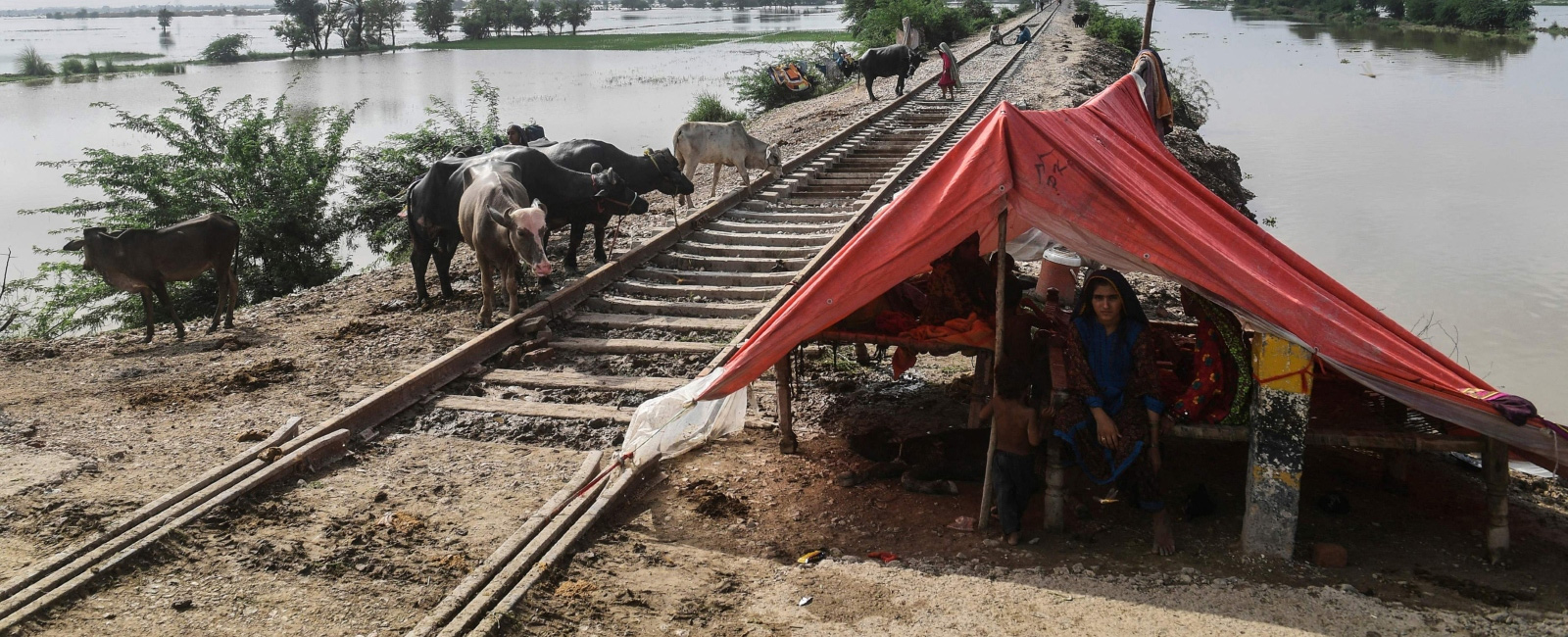Act now: Amid heatwaves and hailstorms, a climate bomb is ticking for us
With access to PMD's comprehensive 2022 weather data, we are equipped with invaluable insights to comprehend the magnitude of the climate emergency we currently face

As torrential rains and hailstorms pour down on our land this year, it serves as a timely reminder of the escalating impact of climate change in Pakistan. The events of 2022 stand as vivid testimony to the intensifying effects, ranging from unprecedented rainfall and destructive floods to bone-chilling snowstorms and scorching heat waves.
With access to comprehensive weather data provided by the Pakistan Meteorological Department (PMD) for the year 2022, we are equipped with invaluable insights to comprehend the magnitude of the climate emergency we currently face.
These datasets not only enable us to analyse the extreme weather events that unfolded during that year but also serve as a crucial resource in understanding the urgency and necessity of effective climate action.
Unveiling the journey from snow to floods
If we recall, the year 2022 actually commenced with a forceful snowstorm on January 7 and 8, engulfing the hilly region of Murree and its suburbs in Pakistan’s Punjab province. The snowfall reached an astonishing 16.5 inches as per the PMD’s recent report ‘State of Pakistan Climate in 2022’.
The impact of 16.5 inches of snow can vary depending on factors such as a region's infrastructure, preparedness and the duration of the snowfall. In areas unaccustomed to really heavy snowfall like Murree, this significant amount of snow can result in road closures, limited visibility and transportation disruptions.
And this is exactly what happened in Murree and its suburbs. Tragically, several lives were lost as stranded tourists faced freezing temperatures and the risk of carbon monoxide poisoning throughout the night.
Normal vs average recorded rainfall in 2022
January also witnessed a series of heavy rainfalls, ranking it as the second wettest month in the past 62 years, as revealed by the PMD.
The pre-monsoon season brought scorching temperatures, with March and April emerging as the hottest months ever recorded in Pakistan. Sindh, Northeast and South Balochistan, and South Punjab experienced daytime maximum temperatures ranging from 41-44°C in March, escalating to 44-47°C in various regions during April.
Annual normal vs average mean temperature in 2022
The heatwave intensified in May, with temperatures reaching 50°C in Dera Ghazi Khan (South Punjab) and 51°C in Jacobabad (Sindh), while other areas surpassed 43°C. The scorching trend persisted into the first two weeks of June, even in northern areas such as Gilgit, Bunji, Chilas, and Chitral, where temperatures soared between 42-47°C.
The PMD report highlights 81 instances of strong winds exceeding 30 knots at different plain stations. The highest wind gust, recorded on May 22 at Lahore Airport, reached a speed of 60 knots.
The monsoon season in 2022, termed 'the exceptional rainy season,' brought extraordinary rainfall to Pakistan. July emerged as the wettest month on record since 1961, with precipitation exceeding the average by 181%. August followed suit with rainfall 243% above average, marking the record wettest August since 1961.
The monsoon rains also triggered devastating floods, particularly in Sindh, Balochistan and Southern Punjab. The excessive rainfall led to over 1,700 fatalities, displaced 7.9 million people and impacted the lives of 33 million individuals.
Hottest days of 2023
As the year progressed, the weather patterns shifted. September and October experienced below-average rainfall, deviating significantly from the norm by 50%. However, November brought a remarkable reversal, defying expectations with above-average rainfall of 145%. December, on the other hand, returned to predominantly below-average conditions, exhibiting a deviation of -64%.
Flood Devastation: Millions affected, lives lost
The World Bank issued a Post-Disaster Needs Assessment for Pakistan in October 2022 which estimates total damages to exceed $14.9 billion, and total economic losses to reach about $15.2 billion.
“Estimated needs for rehabilitation and reconstruction in a resilient way are at least $16.3 billion, not including much needed new investments beyond the affected assets, to support Pakistan’s adaptation to climate change and overall resilience of the country to future climate shocks”, reads the World Bank press release.
As per the assessment, Sindh is the worst affected province with close to 70% of total damages and losses, followed by Balochistan, Khyber Pakhtunkhwa, and Punjab.
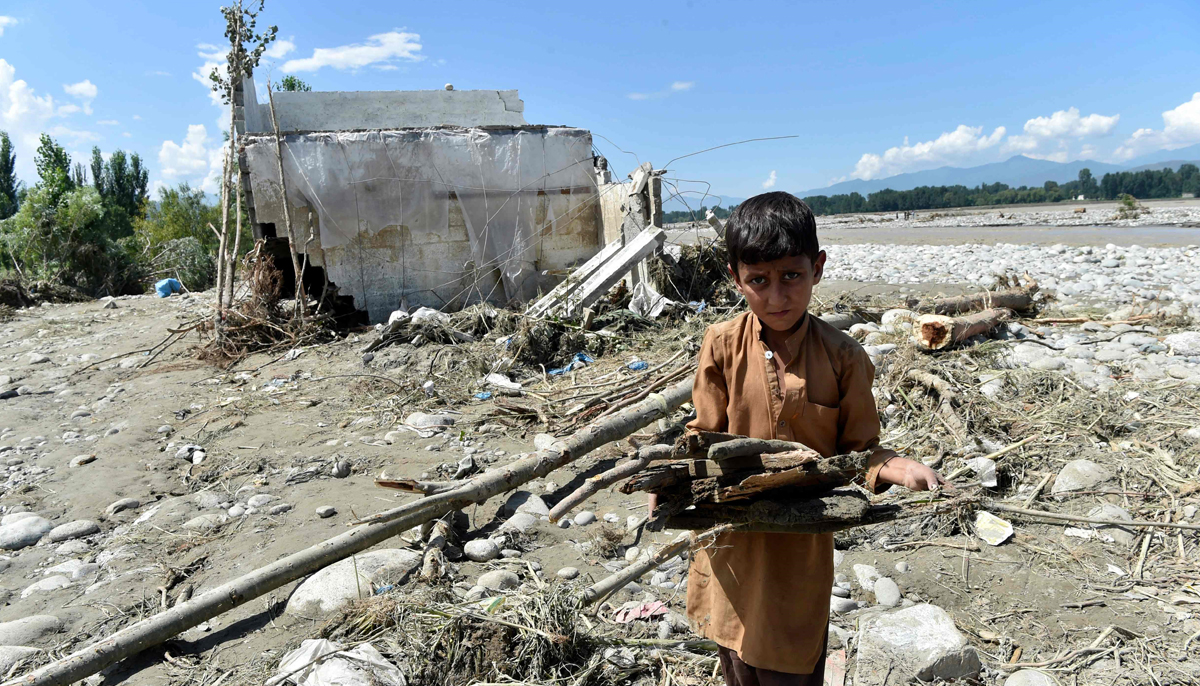
Ilyas Gabol, a local journalist from the South Punjab region, says in the Rajanpur district the devastating aftermath of the 2022 floods still lingers, with haunting scenes of destruction that continue to affect the lives of its residents.
Even after a year, many people find themselves living in tents as the rehabilitation efforts are still ongoing. The scale of the floods was immense, with approximately 80% of the Rajanpur area hit hard by the floods with the loss of over 40 lives.
The impact of the floods extended beyond just infrastructure damage, as more than 100,000 people in the region were directly affected by the disaster, Ilyas said. The agricultural sector also took a heavy blow, with crops spanning over 300,000 acres of land suffering from the floodwaters. The ripple effects of this natural calamity have left a lasting mark on the lives and livelihoods of the local community, he adds.
Major drivers behind the changing climate patterns
Haroon Akram Gill, a noted environmental journalist, says there are several major drivers behind the changing climate patterns in Pakistan. The first and foremost is global warming, which is a consequence of rising greenhouse gas (GHG) emissions worldwide. Haroon, who is currently residing in the United States, also emphasised the significant impact of human activities on the environment, particularly in urban areas.
The conversion of green areas into concrete jungles, the rapid expansion of housing societies, and the increasing urbanisation are all contributing factors. These changes lead to the loss of agricultural land and a decrease in green spaces. He highlighted that these actions are often driven by population growth and the need for infrastructure development to accommodate the growing population.
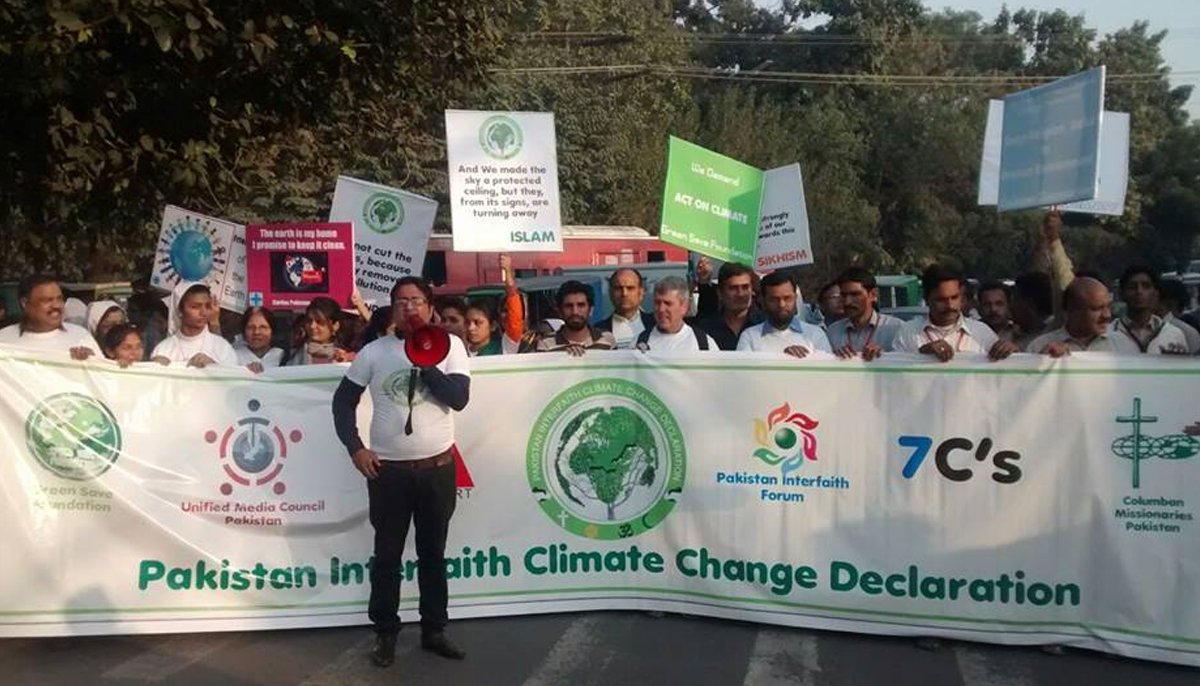
Furthermore, Haroon mentioned the increasing number of cars and air conditioners in Pakistan as significant contributors to greenhouse gas emissions and the overall warming of the climate. The climate campaigner also pointed out the melting of glaciers, which is a consequence of global warming and has far-reaching implications for Pakistan's water resources.
Highlighting the significance of July 3, 2023, which marked the hottest recorded day globally and the first time the average Earth temperature surpassed 17 degrees Celsius, he expressed deep concern. Haroon, who has been trained by the world’s leading activist on climate change and former US vice president Mr Al Gore, emphasised that this alarming milestone and the ongoing heatwave were having a severe impact on the planet.
Countries/sector with 200+ million metric tons of CO2 emissions in 2021
The way forward
Aamer Hayat Bhandara, a progressive farmer and co-founder of Agriculture Republic and Digital Dera, highlighted the direct impact of climate change on Pakistani farmers. They face challenges such as persistent heatwaves, droughts, changing cropping patterns, and the emergence of new pests. However, there is a lack of awareness and weak advocacy among the farming community.
To address these issues, the Digital Dera initiative was launched. Its primary goal is to mitigate the impact of climate change and support small farmers in increasing their productivity. By providing accurate and timely information, Digital Dera empowers farmers to make informed decisions and minimise losses caused by climate-related factors.
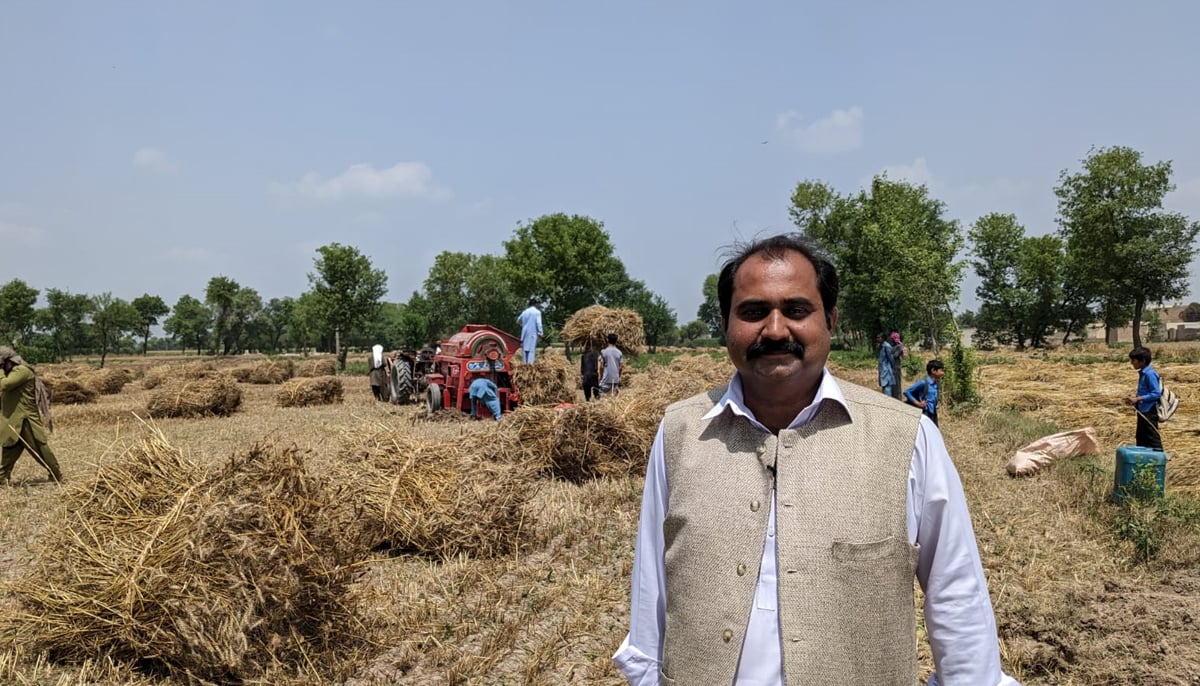
Aamer, who is the only nominated farmer representative of the Prime Minister’s Task Force on Economy constituted earlier this year, and a member of PM’s committee on Agriculture Yield Improvement, stressed the importance of adaptation for small farmers.
He used the analogy of carrying an umbrella on a rainy day to explain how adaptation helps farmers protect themselves and their crops from the adverse effects of climate change. International support in terms of tools, techniques, and early warning systems is crucial for effective adaptation, he adds.
However, Aamer expressed regret over the insufficient support received for infrastructure damaged by the devastating floods of 2022 and the displacement of communities. He criticised global players with higher GHG emissions for not providing adequate financial assistance and debt relief to Pakistan. This support is necessary for rebuilding infrastructure, supporting agriculture, and improving the livelihoods of rural labourers and affected communities.
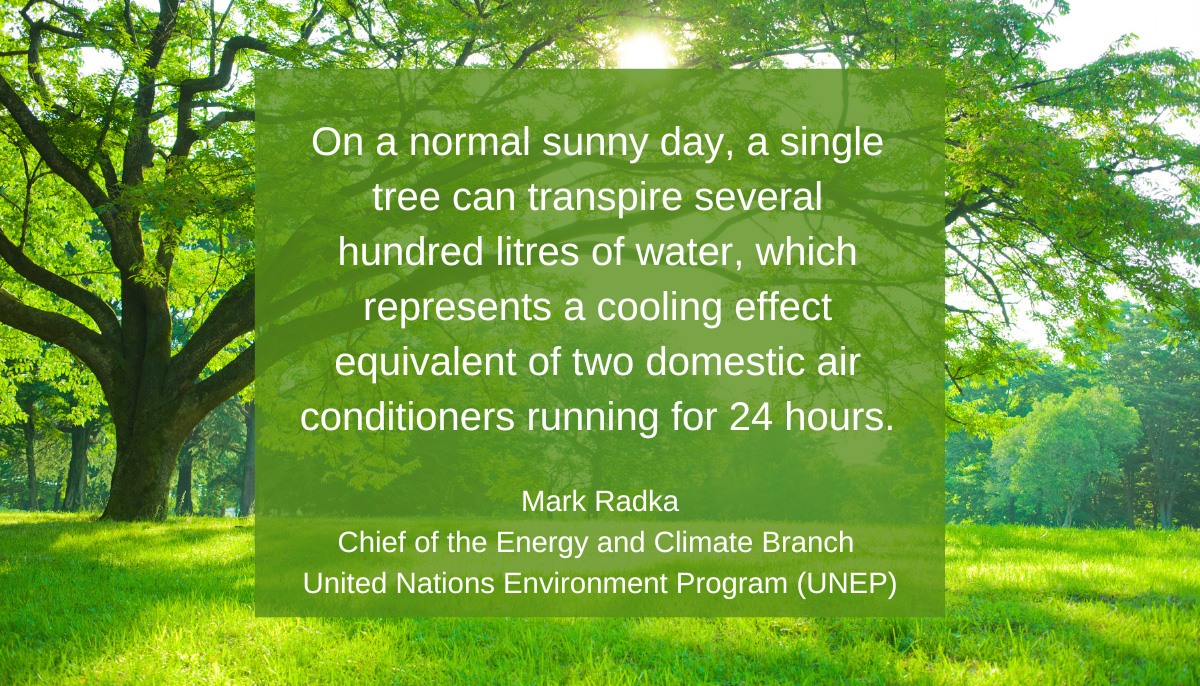
While acknowledging Prime Minister Shehbaz Sharif's recent efforts in securing an IMF deal, Aamer expressed optimism about its potential benefits for the struggling economy. However, he emphasised the need for sustained support and collaboration from the international community to ensure long-term sustainability and resilience in the face of climate change impacts.
Khalid Khattak is a staff reporter at The News, Lahore. He is also the founder of Pakistan’s first and only data journalism-specific initiative Data Stories. He tweets @Khalid_Khattak
— Banner and thumbnail image by AFP



